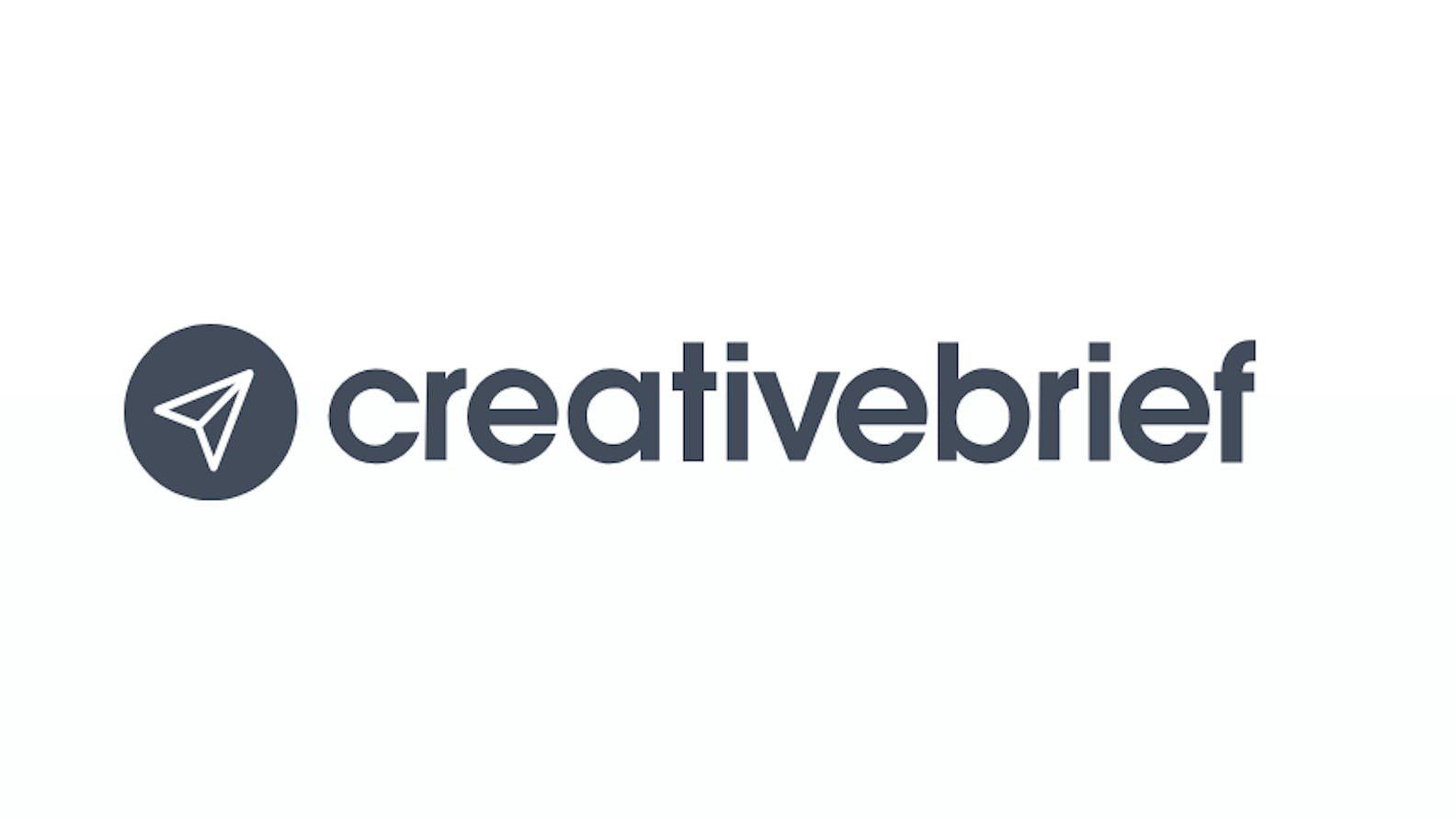The explosion of Influencer Marketing in recent years means that brands who aren’t allotting some kind of budget for it in their advertising strategy, are missing a major trick.
While most brands are in fact utilising the power of influencers in some way or another, many of them are lacking in awareness of the legalities which come hand-in-hand with working with influencers. This negligence can result in campaigns being banned or even brand being brought to court, with hefty fines in tow.
The negative publicity that arises from these interventions can erode consumers’ trust in the brand and the followers’ trust in the influencer. The UK Committee of Advertising Practice issued guidelines in early 2017, to assist both influencers and brands in complying with the rules when it comes to Influencer Marketing.
It is the responsibility of brands working with influencers to emphasise that they expect compliance with the laws relating to disclosure and to encourage influencers you work with to err on the side of caution at all costs.
When it comes to influencer marketing, the Advertising Standards Authority hold both the brand owner (or agency) and the influencer in question, to public account.The priority of the brand and the influencer should be to ensure that the audience know they are being advertised to. Advertisers need to put steps in place to ensure that the audience is being treated fairly. Any content that bears a relationship to a brand’s product or services are under the ASA’S remit. When posts are on a brand’s social media profiles and referring to their own products, it’s likely that the consumer will be aware they are being advertised to. If a brand’s product or service are on an influencer’s profile and in the usual style of their feed, the author is advised to include a clear and prominent label, so to be transparent with their audience. It only takes one complaint from a member of the public to warrant an investigation by the ASA. As a first step, the ASA will generally contact the advertiser or influencer and advise them to comply and a lot of these instances can be resolved informally.Markets and publishers need to take care to ensure that the content is obviously identifiable to all consumers who encounter the material and should bear in mind any limitations and technical quirks on the platform they are using (word limits do not excuse negligence!) There are different ways to do this across platforms:
- Including #Ad (or similar) somewhere in the text of the Tweet is likely to be the clearest way of identifying it as advertising
- Users should place “Ad” (or similar) at the beginning of the free text description, because only a small amount of the text appears without clicking into the pin.
FACEBOOK/ INSTAGRAM
- As there is no character limit, it is likely that most posts will need to include an identifier, such as #Ad, at the beginning, although in the case of short posts it may be considered acceptable to place at the end.
When content is controlled by the marketer and not the blogger, it needs to be declared. Something even as small as the brand wanting final sign off on content, asking them to include specific hashtags or asking them to omit certain parts of the text or image, classifies the influencer’s content as advertorial.If the advertiser has supported something financially but has absolutely no editorial control over the content, the post falls outside the remit. I.E. sending an influencer free products, but having no control at all over their review, then this is compliant with CAP’s Code of Practice. That being said, the influencer should still be clear with their audience that they received an incentive or free product. As long as the audience can see they are being advertised to, there will be no issues.
#AD
An advertorial is a piece of content in the editorial space, which has been paid for by a brand and/or over which they exercise some degree of editorial control. If a confectionary brand gives your favourite blogger a goodie bag on the condition that they’ll write a good review, that’s an ad. If a travel company sends a vlogger on a free trip to the Andes on the condition that they have final editorial sign off, those are ads.
#SPON
Sponsorship only has the payment element and leaves editorial control entirely with the creator. Such agreements are still subject to consumer protection laws and are the attention of the attention of the Competition and Markets Authority.At the core, true influencers provide consistently compelling content and high levels or community engagement. Over time, this helps them earn trust from their fans and establish themselves as credible voices. Trust and authenticity are the bedrock of influencer marketing, once this trust is lost, the influence over the audience is also lost. The wool can’t be pulled over the eyes of the audience and in a survey by Bloglovin, 61% of women said they wouldn’t engage with an influencer’s content if it didn’t feel genuine.When a formal contract exists between a brand and an influencer, the marketer should remind the influencer of the Committee of Advertising Practice (CAP) guidelines and advise that they abide by these. When it comes to influencer marketing, brands should be safe rather than sorry and transparency will in turn reward your business.
For more details you can find advice here:https://www.asa.org.uk/advice-online/recognising-ads-social-media.htmlhttps://www.asa.org.uk/advice-online/recognising-marketing-communications-identifying-marketers.htmlhttps://www.asa.org.uk/advice-online/recognising-ads-native-advertising.html


